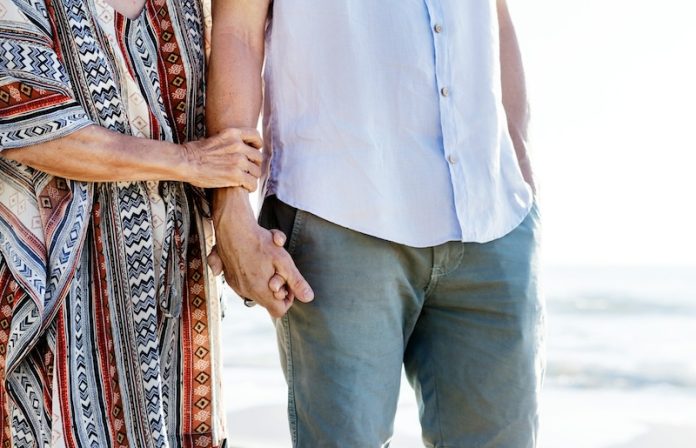
Falls are a serious concern for older people. They can lead to injuries that not only affect physical health but also reduce independence and quality of life.
By understanding why older adults are more likely to fall, we can take steps to prevent these accidents and protect both our loved ones and ourselves as we age.
As people grow older, their bodies go through many changes that increase the risk of falling. One of the main reasons is the natural loss of muscle strength and flexibility. This loss makes it harder to stay balanced and can slow down a person’s reaction time when they trip or slip.
Weak muscles and less flexible joints mean older people might struggle with daily activities like walking, standing, or even getting out of a chair.
Walking patterns also change with age. Many older adults start to walk more slowly, take shorter steps, or have an unsteady stride.
These changes can make it easier to lose balance, especially when moving through crowded or unfamiliar spaces. Poor posture, another common issue, adds to the difficulty of staying stable.
Reflexes, or how quickly the body reacts to changes, also slow down as we age. This slower response can be dangerous when someone suddenly needs to avoid a hazard, like stepping over an object in their path. The body may not respond quickly enough, leading to a fall.
Eyesight is another important factor. As people age, their vision often gets worse due to common conditions like cataracts and glaucoma.
Poor vision makes it harder to spot obstacles or judge distances accurately. If an older adult can’t see well, they are more likely to trip over something in their way or misjudge the height of a step.
Chronic health problems also play a big role. Many older people live with conditions such as arthritis, diabetes, heart disease, or neurological disorders like Parkinson’s disease and multiple sclerosis.
These conditions can make movement difficult or painful, affecting balance and increasing the risk of falling.
On top of that, the medications taken to manage these health issues can cause side effects like dizziness, confusion, or drowsiness. These side effects can make a person less aware of their surroundings and more likely to stumble.
The living environment is another critical factor in preventing falls. Hazards at home, such as loose rugs, wet floors, poor lighting, and clutter, are common dangers.
Stairs can be particularly risky, especially if they lack handrails or have uneven steps. Even small objects left on the floor or poorly placed furniture can lead to trips and falls.
Mental health is another area that can affect balance and movement. Cognitive issues, such as memory problems or poor judgment, make it harder for someone to notice and avoid hazards.
Additionally, depression can lower energy levels and cause a person to move less, leading to weaker muscles and poorer balance over time.
Despite these risks, falls are not an inevitable part of aging. There are many simple steps that can help reduce the chance of falling:
One of the most effective ways to stay strong and balanced is through regular exercise. Even light physical activity like walking or doing simple strength exercises can make a big difference. Tai chi, a gentle form of exercise that focuses on balance, is particularly helpful for older adults.
Regular health check-ups are important too. Doctors can help manage chronic conditions and adjust medications if they notice side effects that increase fall risk.
Vision checks should also be part of these check-ups to ensure any eyesight problems are addressed with proper glasses or treatments.
Making the home safer is another key step. This can be as simple as removing clutter, using brighter lighting, and securing rugs to prevent tripping. Installing grab bars in the bathroom or along stairs can provide extra support.
Ensuring that stairs have handrails and that outdoor pathways are clear of obstacles will make a significant difference.
Finally, support from family and friends is essential. Encouraging older adults to stay active and making small changes to their living environment can go a long way in keeping them safe.
Falls don’t have to be an unavoidable part of aging. With regular exercise, proper medical care, and a safer home, many falls can be prevented. By being proactive, we can help older adults maintain their independence and live healthier lives.
If you care about sleep, please read studies about herb that could help you sleep well at night, and these drugs could lower severity of sleep apnea by one third.
For more information about sleep, please see recent studies that coffee boosts your physical activity, cuts sleep, affects heartbeat, and results showing how to deal with “COVID-somnia” and sleep well at night.
Copyright © 2024 Knowridge Science Report. All rights reserved.



